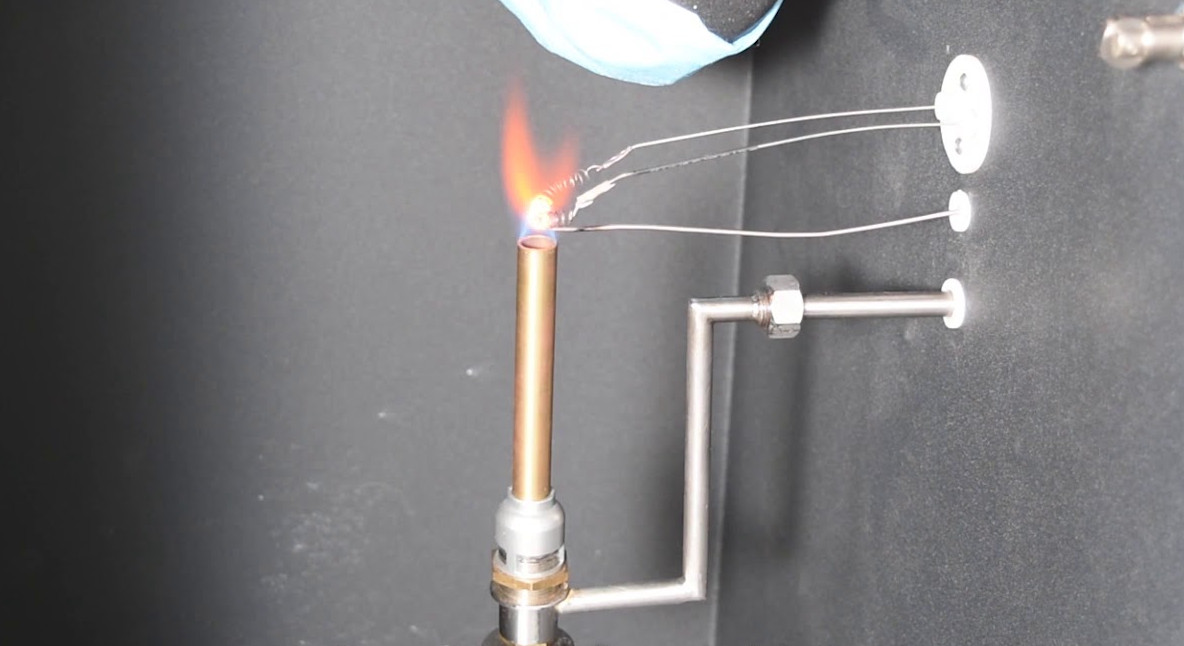- Qinsun Instruments Co., Ltd.
- Tell:+86-21-6780 0179
- Phone:+86-17740808215
- Address:No. 2578 Minhang District Gu Dai Road, Shanghai
- Contact:Mr. Li
- QQ:846490659
How to test the performance of coatings

1、 Performance testing of paint raw materials
The performance testing of the original paint refers to the quality condition of the coating after packaging, transportation, storage, and use. The main performance is as follows.
⑴ State in container [appearance]
Observe visually whether the coating has layering, clouding, thickening, gelation, peeling, precipitation, and other phenomena.
① Layering and sedimentation: Coatings may experience layering after storage, and can generally be inspected with a scraper. If the sedimentation layer is soft, it is easy to insert with a scraper, and the sedimentation layer is easily stirred up and re dispersed. The coating can continue to be used.
② Skin formation: Coatings such as alkyd, phenolic, and natural oils often produce skin formation, and the skin layer cannot be used. After removing it, the lower layer can continue to be used, and it should be stirred evenly during use.
③ Thickening and gelatinization: can be stirred or mixed evenly with an appropriate amount of diluent for use; If it cannot be stirred and dispersed into a normal state, the coating cannot be used.
⑵ Density:
The weight per unit volume of an object at a specified temperature. Its measurement shall be carried out in accordance with GB/T6750-86.
⑶ Fineness:
The fineness of the solid substance in the coating. Fineness has a significant impact on film quality, paint film gloss, durability, and storage stability of coatings. But it's not necessarily better to be too thin. Being too small can affect the adhesion of the paint film. According to GB/T1724-79 (89).
(4) Viscosity:
An item that represents the flow and deformation characteristics of a fluid under external forces, and is a measure of the internal resistance of the fluid to flow, also known as the internal friction coefficient. The detection methods include:
① Flow out method: suitable for testing transparent varnish and low viscosity paint. The viscosity of this coating is expressed by the time it flows out of a certain volume of container.
② Falling ball method: Using the flow rate of solid substances in a liquid to determine the viscosity of the liquid.
③ Bubble method: Using the flow rate of air in liquid to determine the viscosity of coatings, only applicable to transparent varnish.
(5) Non volatile content
Non volatile content, also known as solid content, is the part of a coating component that is left behind after construction to form a dry coating film. Its content is closely related to the quality of the film and the value of the coating's use. In order to reduce the pollution of organic volatiles on the environment, producing high solid coatings is one of the efforts of coating manufacturers. The common method for measurement is to heat and bake the coating at a certain temperature, and compare the remaining substance with the mass of the sample after drying, expressed as a percentage. The standard is GB/T9272-88.
Freeze thaw stability [low-temperature stability]
It is mainly used for water-based paint based on synthetic resin lotion. If it can still be maintained after being subjected to freezing and melting several times
The original performance has freeze-thaw stability. It can be determined according to GB/T9268-88.





